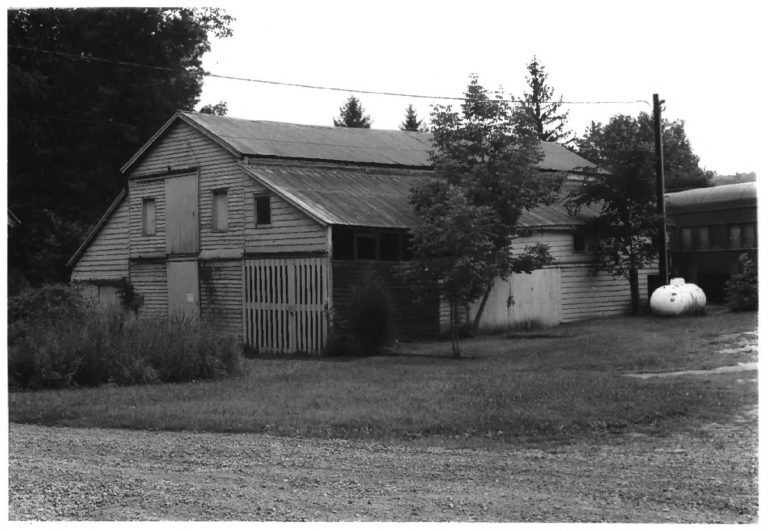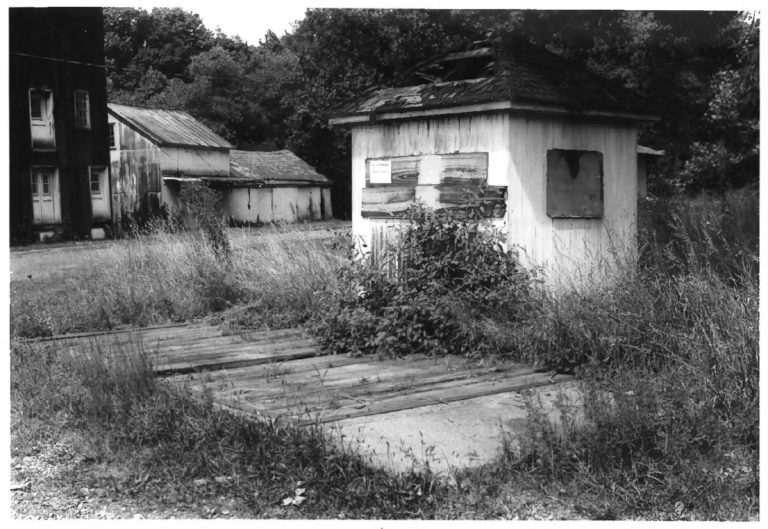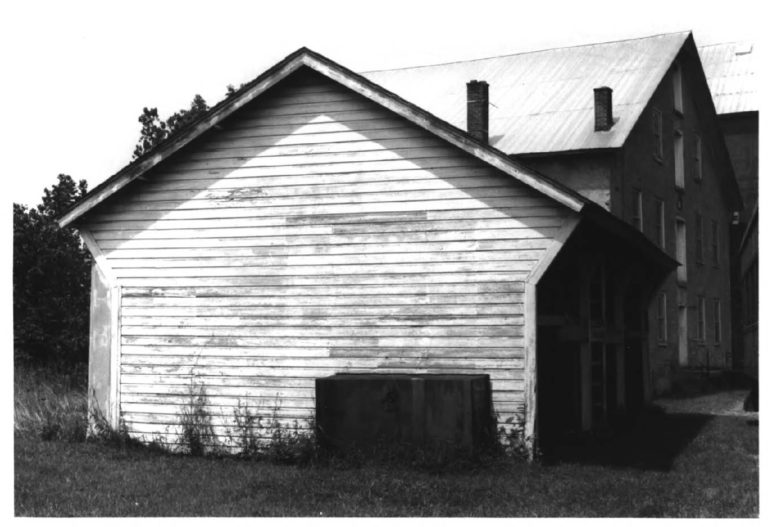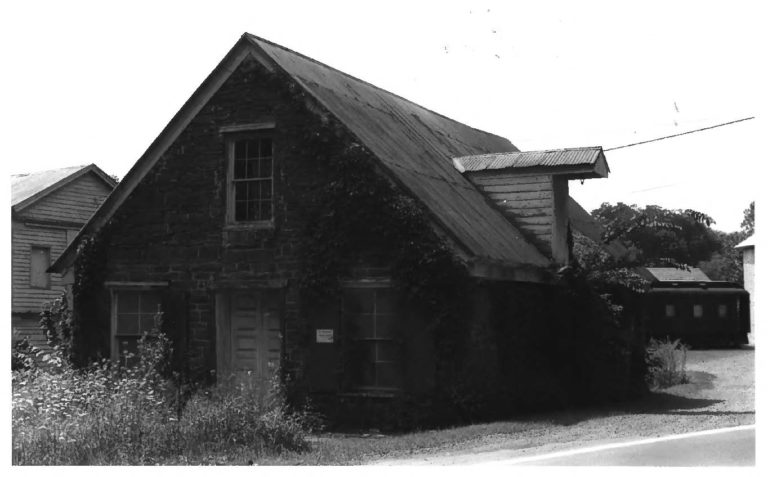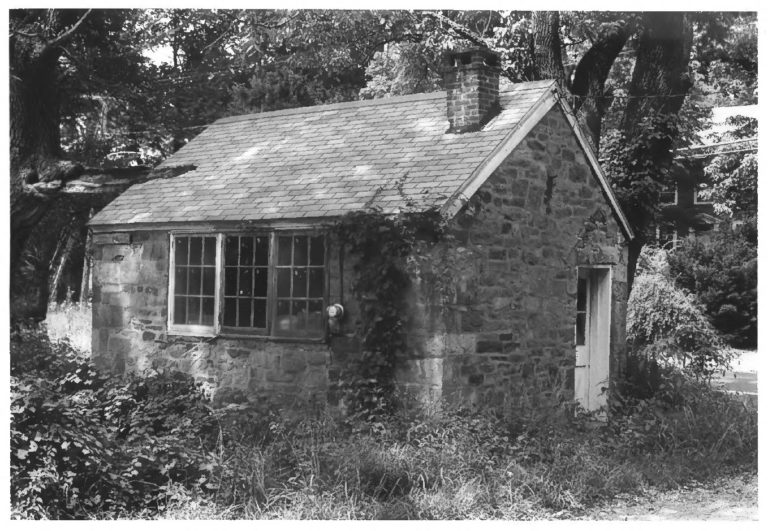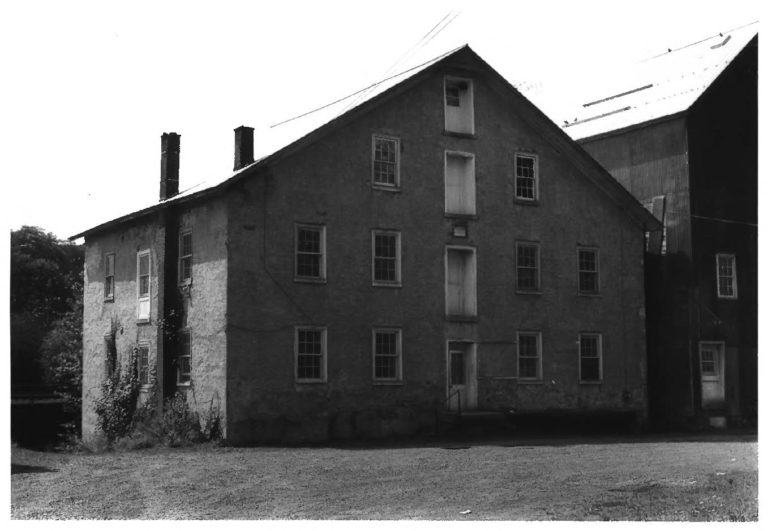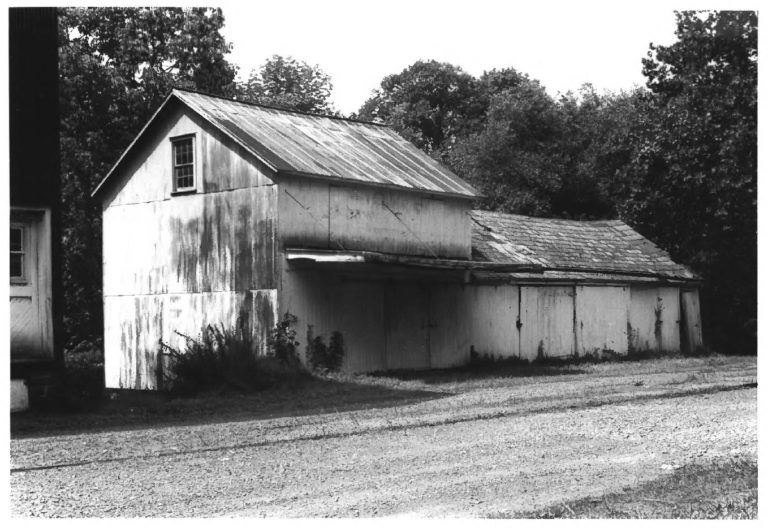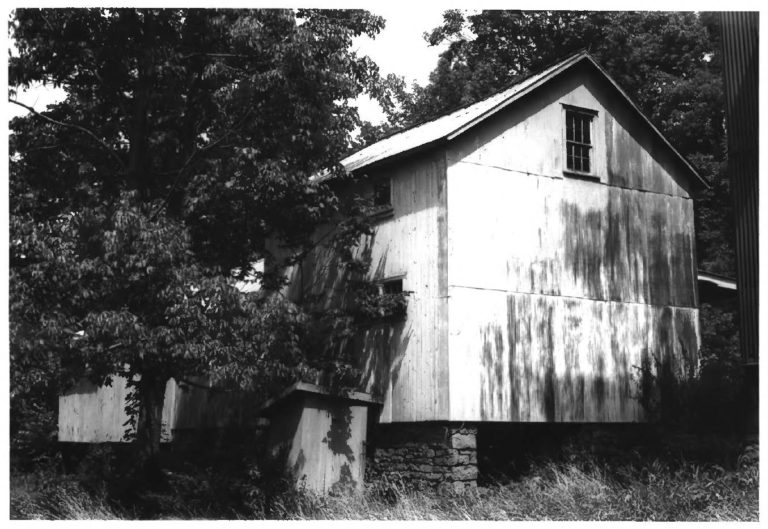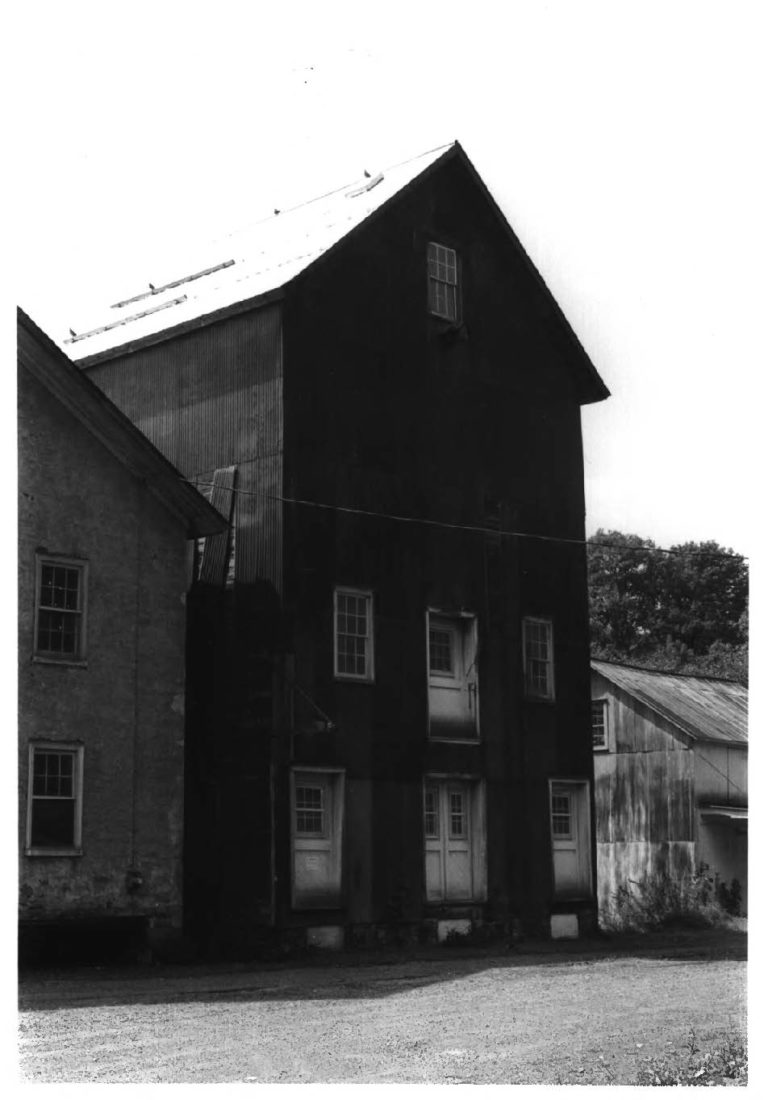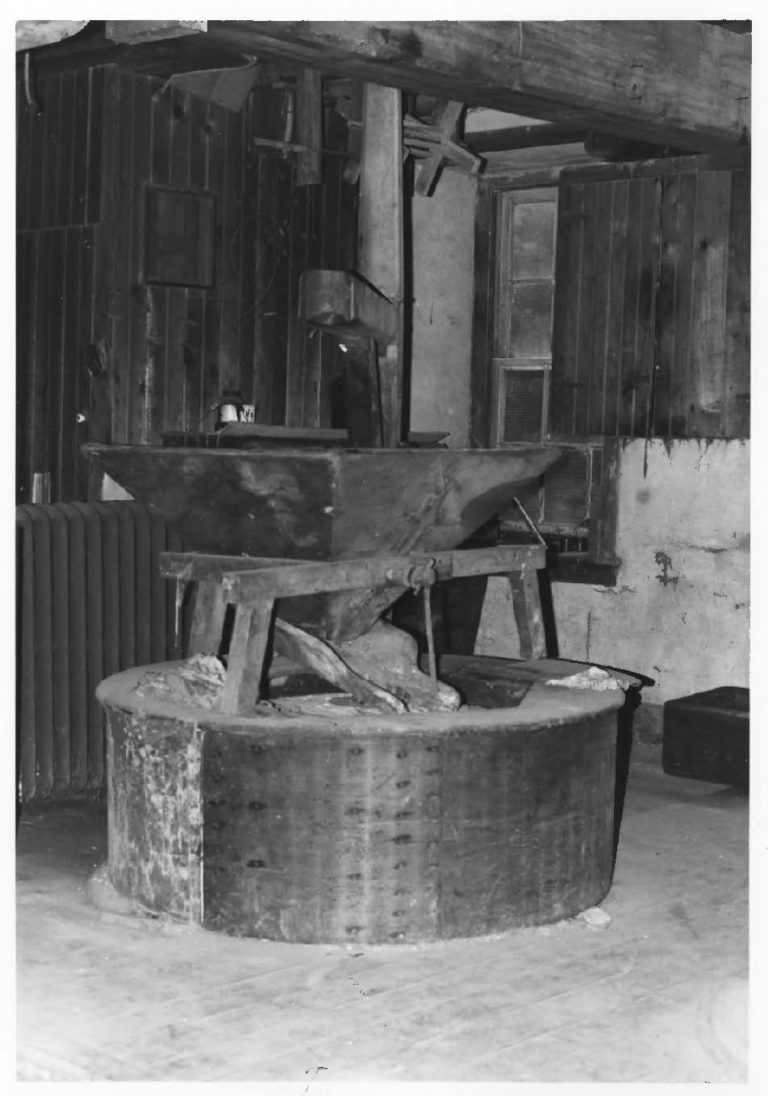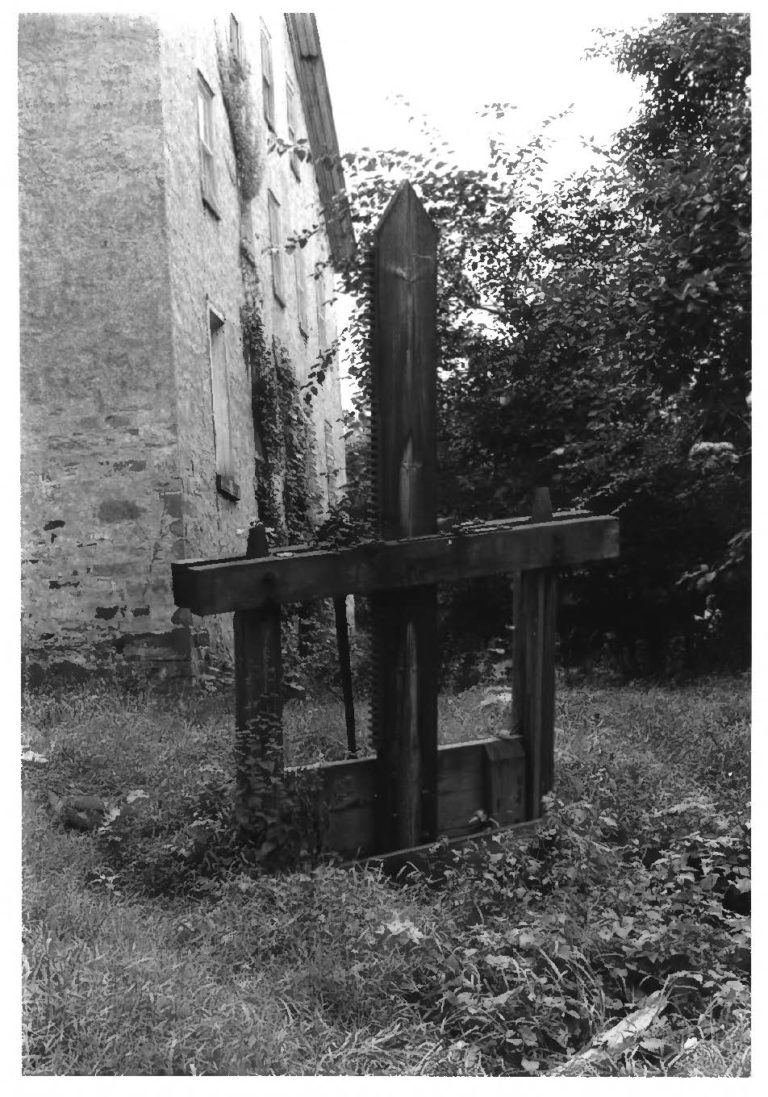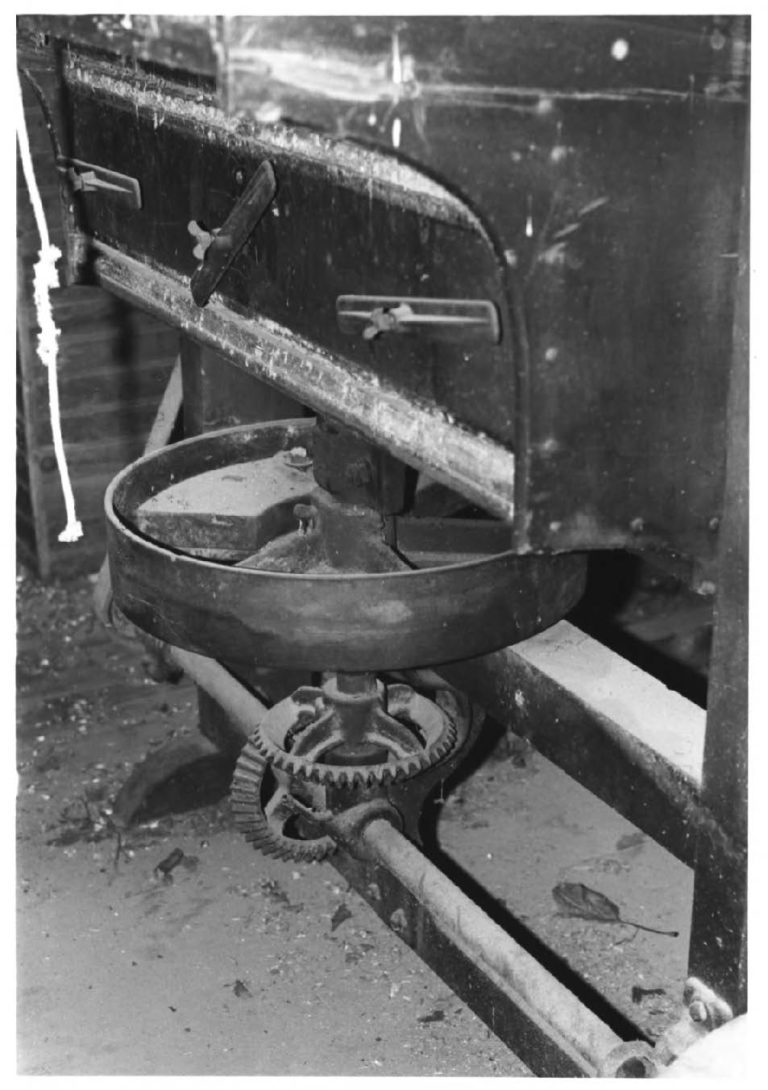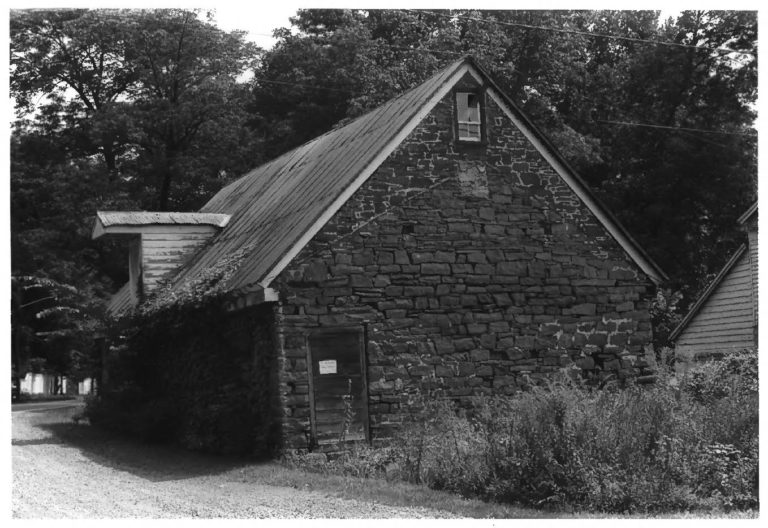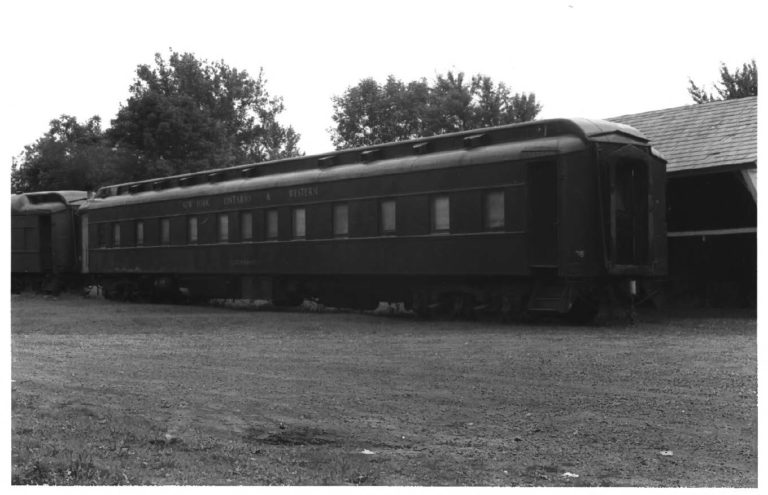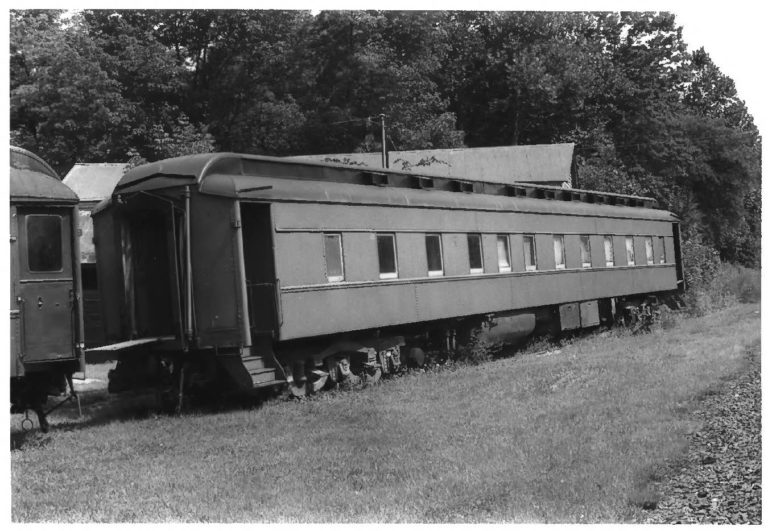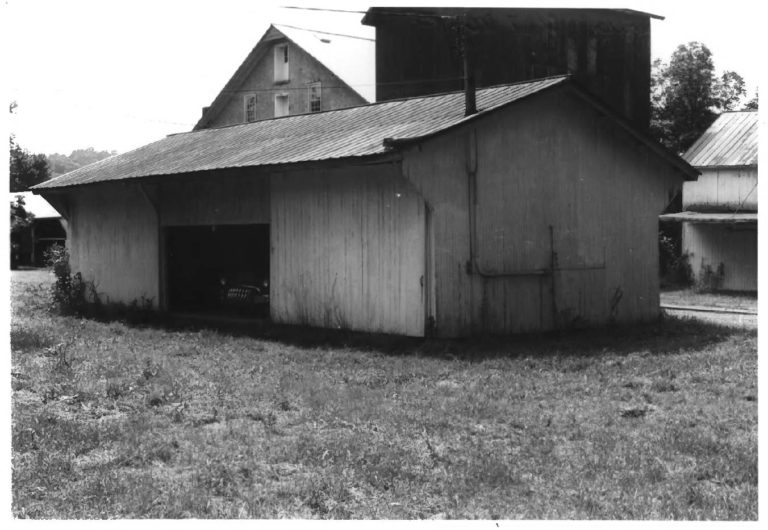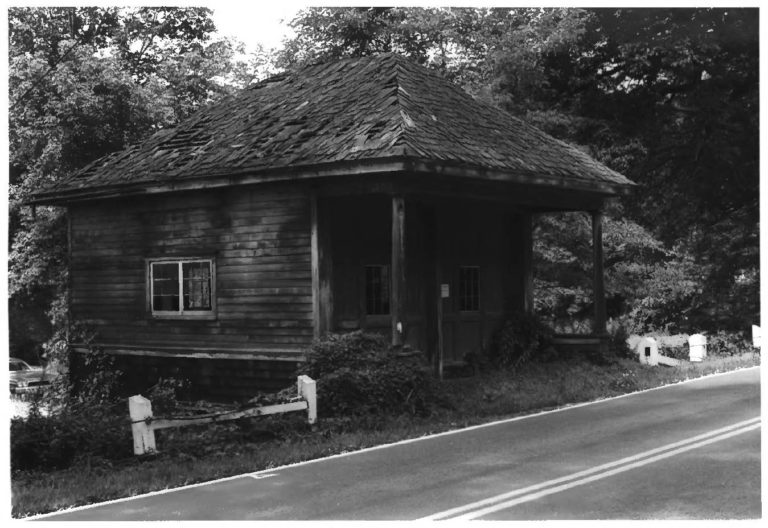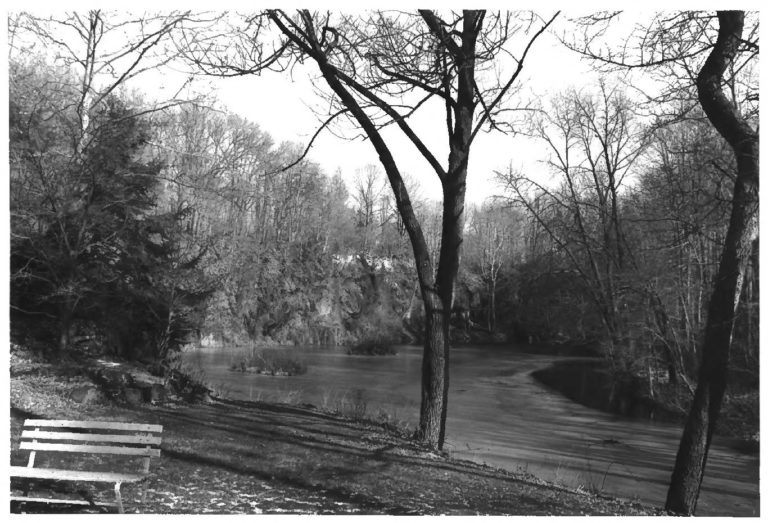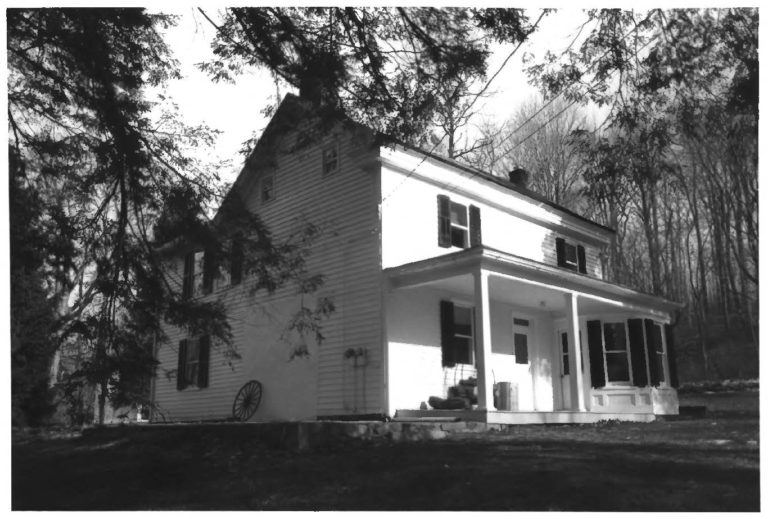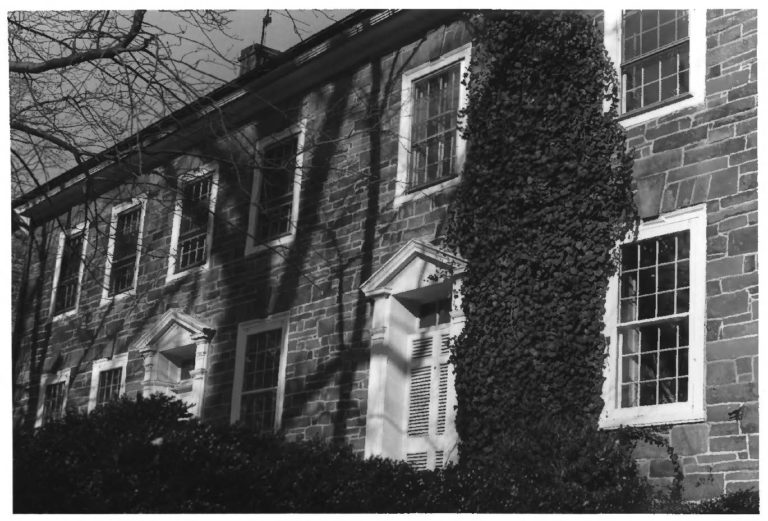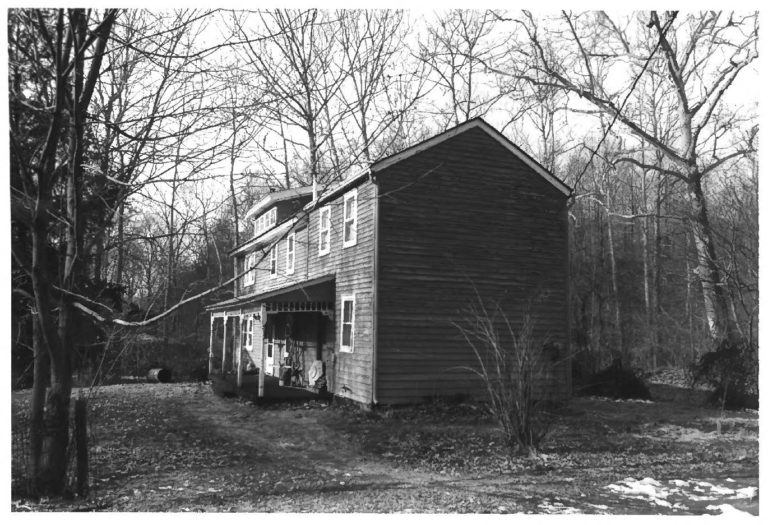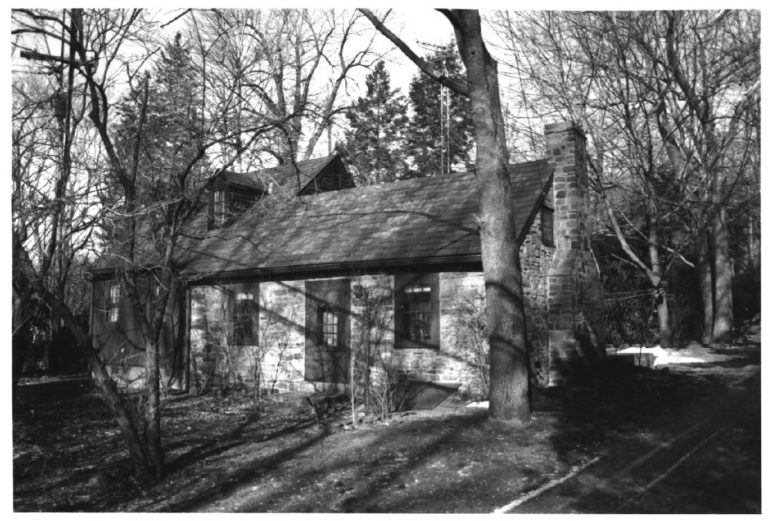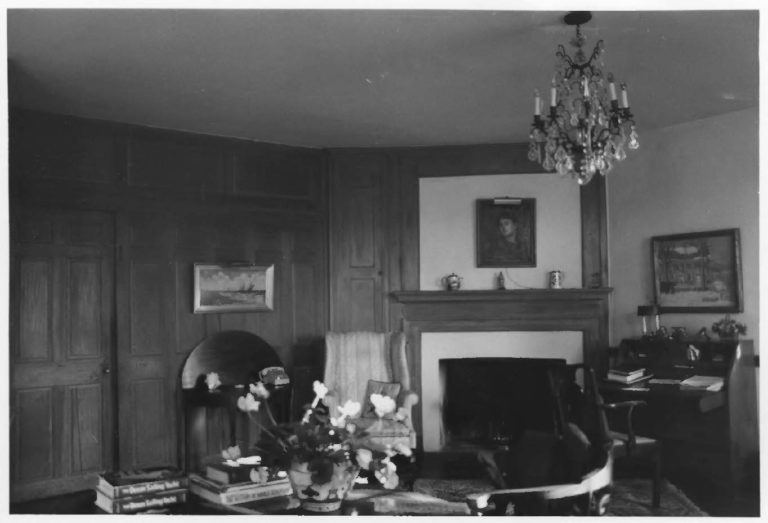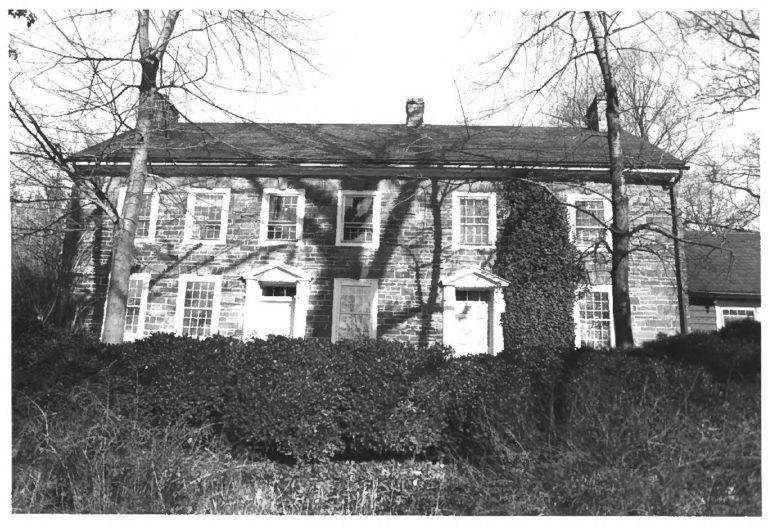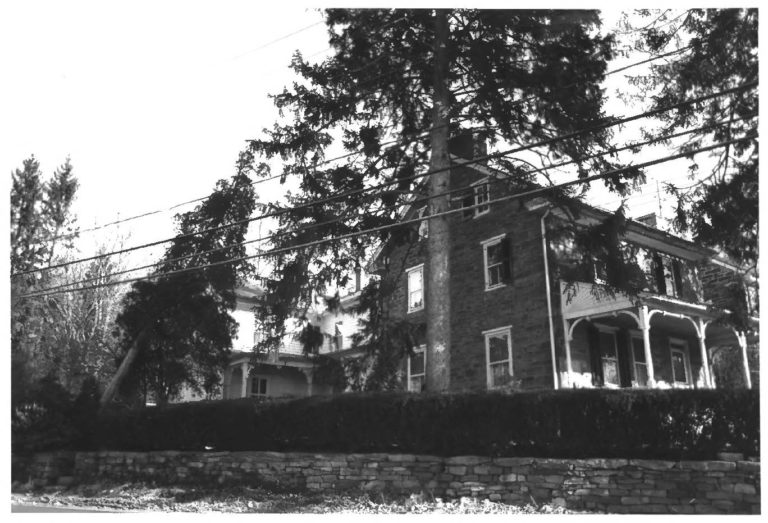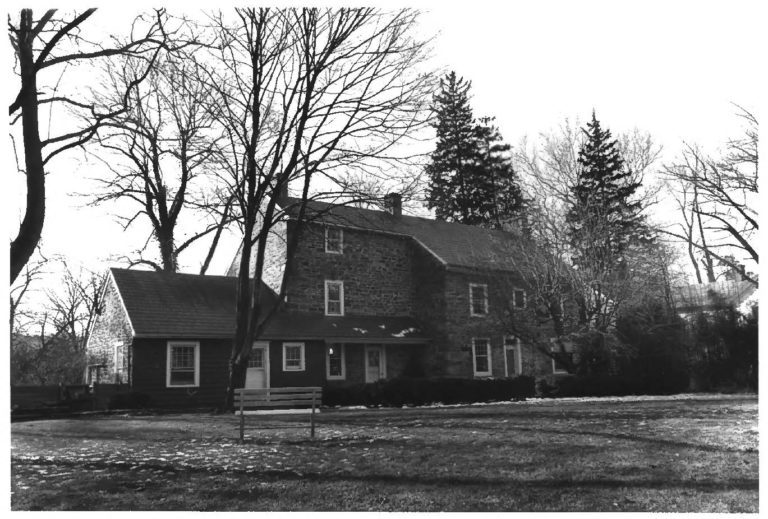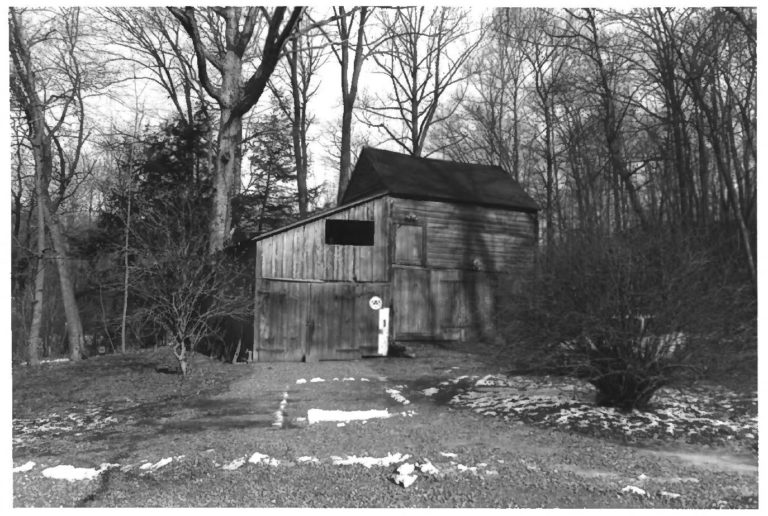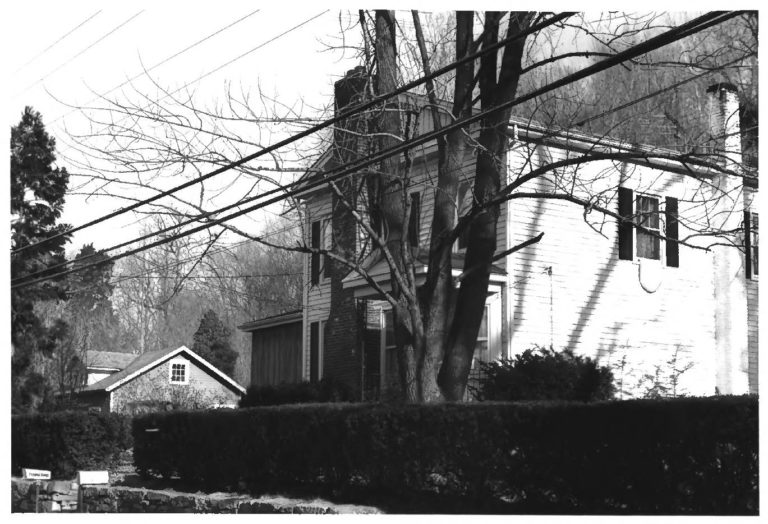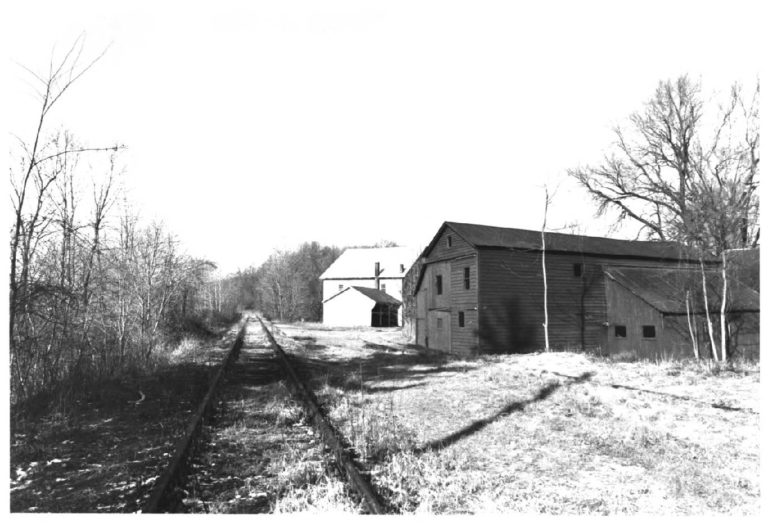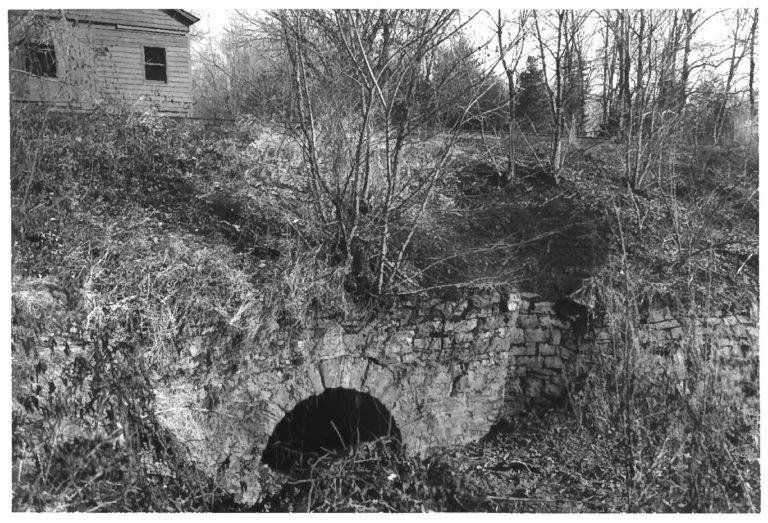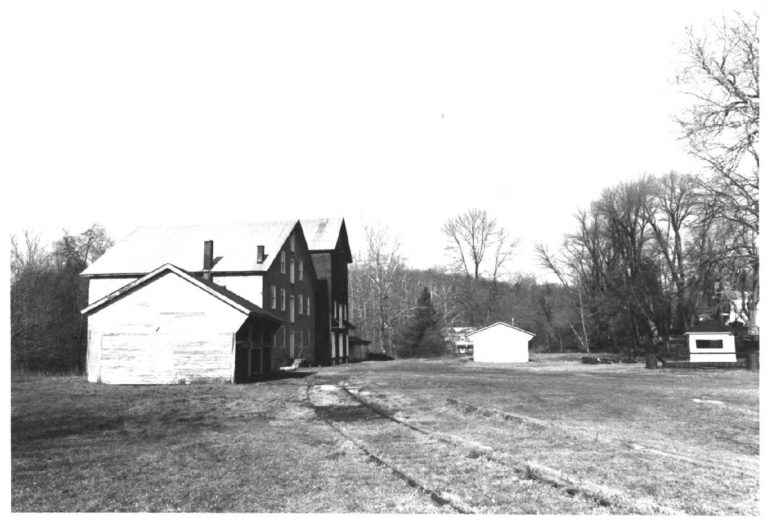a walk down memory lane
History of the mills
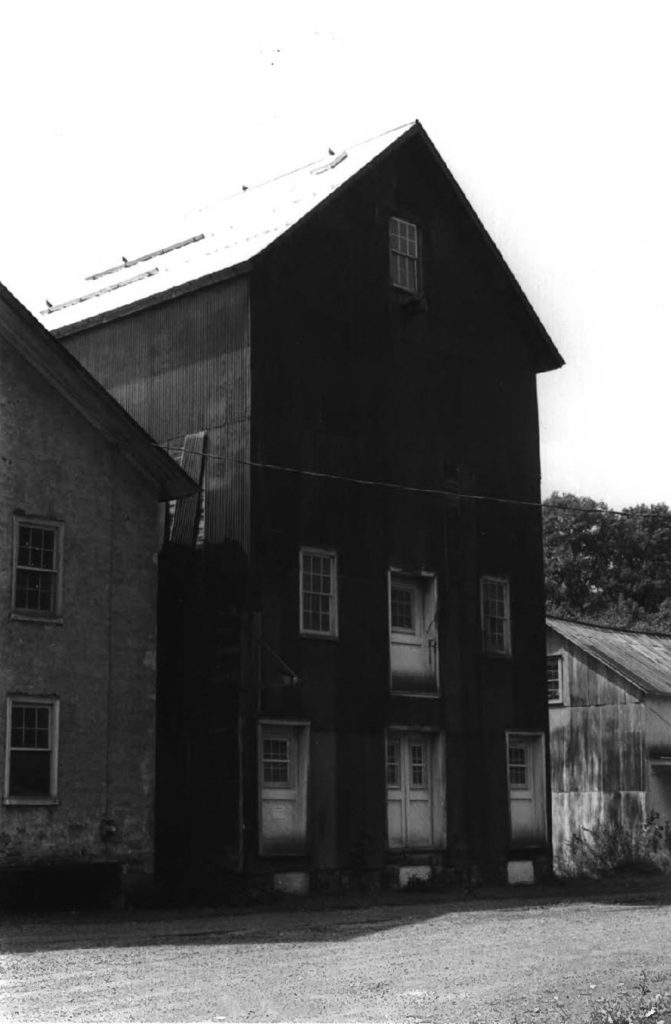
dating back to the 1720's
an historic treasure
The Prallsville Mills, once a thriving village in the industrial era, remains a historically significant multiple-structure complex in Stockton, N.J.
The original wooden gristmill was built around 1720 at the juncture of Wickecheoke Creek and the Delaware River. It prospered under a succession of owners throughout the 18th century. In 1794, it was sold to John Prall, Jr. who launched a development program that included a sawmill, several stone houses, and a stone structure that served as an office and a store. Prall opened a stone quarry and operated two fisheries in the Delaware River, making the community of Prallsville a major commercial center for the rural countryside.
Prallsville remained an important commercial center throughout the 19th century. Yet, by the 1950s, the property was no longer being used as a mill and began to deteriorate. Considered an attractive site for a strip mall, the mill was put up for sale. To preserve the site, area residents Donald and Beverley Jones purchased the site in 1969 and began to invest in its restoration.
keeping the mills alive
Delaware river society
The Prallsville Mills was included on the National Register of Historic Places in 1973. The entire property became part of the D & R Canal State Park in 1974 and was designated part of a National Scenic Byway in 2009.
In 1976, when the state of New Jersey took ownership of the Mill property, it was unable to fund its ongoing restoration. Local citizens took up the cause, forming the Delaware River Mill Society with the mission to preserve the Mills and their history, and utilize them for cultural, educational, recreational, and community activities.
Mill Complex at a Glance
- Built – 1720
- Buildings – 10
- Design – Daniel Howell
- Years in Operation – 1720s to 1950s
Current Usages
Event venue, art gallery, community center, recreational activities, space rental for groups, and private parties.
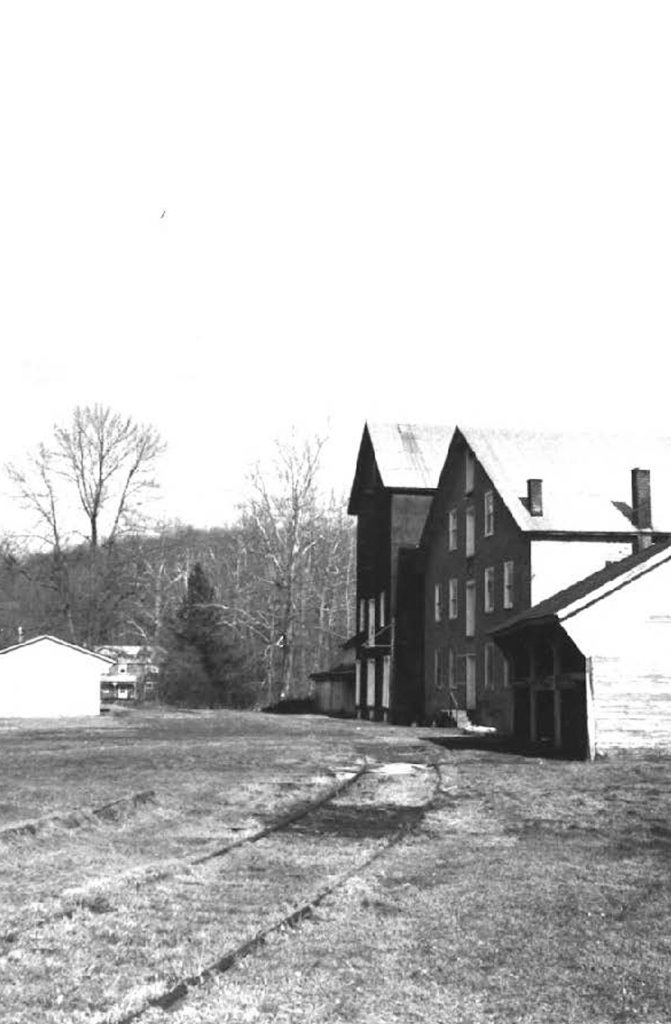
Detailed History of the
Prallsville Mill Complex
- 1657: John Reading was born in Pipe Hill, Lichfield, Staffordshire, England.
- 1677: John Reading, at the age of 20 years, purchased proprietary share in the new Colony of West Jersey.
- 1684: John Reading came to West New Jersey with his wife, Elizabeth, and daughter, Elizabeth, and settled in the city of Gloucester in Gloucester County, along the Delaware River. This was part of the settlement of Quakers, organized by William Penn. Daughter Elizabeth died in 1692, age 8; a second daughter, Sarah, died the same year, age 1.
- 1685: John Reading elected to the first of several terms in the West Jersey Assembly. He was elected Clerk and Recorder for Gloucester County. By 1686, Reading was a wealthy and influential man and a member of the Council of Proprietors of West Jersey. He was a captain of the county militia, the first recorder of deeds for West Jersey and a justice on the colonial Supreme Court.
- 1687: Reading was one of the first commissioners of the Council of Proprietors of West New Jersey. He was elected to the Governor’s Council, and was re-elected every year thereafter until his death in 1717.
- 1693: Reading obtains the ferry rights for both the Delaware River and Gloucester River crossings.
- 1699: Accompanied by his mother, John Reading Jr. and his sister Elsie were sent to school in England for seven years. John Reading Jr. would become a governor of New Jersey in 1757 at the age of 73.
- 1702: Reading made his first purchase of land in Hunterdon. (A section of northern Burlington County was set off and established as Hunterdon County.)
- 1708: Creation of Amwell Township, probably at the instigation of John Reading.
- 1709: Reading bought 1,440 acres, which became the heart of his plantation called Mount Amwell, after a town in England. He is thought to have left Gloucester and settled on his plantation sometime between 1709 and 1711. A deed of 1709 identified him as “of Mount Amwell,” located in what is now known as Stockton. Due to the ferry operation, this section of the Delaware Valley was referred to as Reading’s Landing, first mentioned in a petition to the PA legislature for a road to begin on the Delaware River opposite of Reading’s Landing, to run to Philadelphia (later known as Old York Road). His ferry operation was at the site of the present-day Ferry Street in Stockton Borough.
- 1710 – 11: Reading’s daughter, Mary, married Daniel Howell, of Bucks County, PA. Reading presented his daughter and her husband with a tract of land about a mile square on the south side of the Wickecheoke Creek and constructed a saw mill and a grist mill for them; this was the first establishment of that sort in the area.
- 1711: Reading’s house in Gloucester City was accidentally burned in this year, and he eventually established his residence at Wichecheoke, a desirable spot on the site of an Indian village under a fold in the hills, protected from the winter storms.
- 1713: Reading was appointed to the Royal Council of New Jersey, which served as an advisor to New Jersey’s highest court.
- 1714: Gov. Hunter commissioned John Reading Captain for the militia company of Amwell and the upper part of Hopewell, Hunterdon County. In 1715, Reading was promoted to Lt. Colonel in the regiment of Col. John Hamilton.
- 1717: Colonel John Reading dies, leaving his land to his son, John Reading Jr., and his daughter Mary and her husband, Daniel Howell.
- 1719 – 27: Daniel Howell served on Hunterdon County’s first grand jury. In 1721, he was named the first coroner of the county. In 1722, he was one of the county’s first assessors. He was named a Justice of the Peace in 1725. In 1727, he was named to the Court of Common Pleas for Hunterdon County and named a captain of the Amwell militia under his brother-in-law, Col. John Reading.
- 1733: Captain Daniel Howell bequeathed a grist mill and saw mill, which had been built by his father-in-law, John Reading, and 73 acres of land fronting on the Delaware River and Wickecheoke Creek, to his two eldest sons, Daniel Howell Jr. and John Howell.
- 1744: A confirmation deed was made to Daniel and John by their mother’s brother, John Reading Jr., because it appears that a previous deed on the land had not been recorded.
- 1750: Reading’s grandson, Daniel Howell Jr., sold the mill property to Charles Woolverton Jr.
- 1714: Charles Woolverton came from Burlington County, New Jersey, and purchased a 1,665-acre plantation near the present village of Rosemont for 350 pounds. The land crossed the Wickecheoke twice, according to the deed.
- 1730s: John Woolverton was born in Amwell Township.
- 1731: Charles Woolverton seems to have deeded farms to his sons instead of bequeathing them. From 1731 to 1733, there are deeds recorded from Charles Sr. to his sons. A plantation of 288 acres north of Rosemont, bordering Isaac and Dennis Woolverton, was conveyed to Charles Woolverton Jr. in 1731. There is no estate recorded for Charles Woolverton Sr., and no death record. He is thought to have died about 1746. His widow, Mary Chadwick Woolverton, died in 1751. They are both probably buried in the Rosemont Cemetery, although their stones have not survived.
- 1750: Charles Woolverton Jr. purchased the mill property from Daniel Howell Jr. The property was described as “the land on the south side of the Wickecheoke that the grist mill stands on” and totaled 70 acres. Daniel Howell Jr. preferred to stay at the Raritan River Plantation, and John Howell, who was established in Chestnut Hill, PA, sold the mill property to Charles Woolverton Jr., who owned a large plantation near the present village of Rosemont.
- 1765: Charles Woolverton Jr. died and left personal property to his wife, Margaret, and ordered she be provided for during her widowhood. His sons, Morris and John Woolverton, were given control of their father’s real property holdings and made executors of his estate. Morris received the plantation that his father had acquired in 1731. John received the 70 acres along the Delaware River and the Wickecheoke Creek where the grist mill was located.
- 1768: John Woolverton married Elizabeth Wilson.
- 1773: John Woolverton died. In his will, he described himself as a “miller.” He also mentioned a house, barn and “the mill” in his will. The inventory of his personal property included lumber, a cross-cut saw and “saw-mill irons.” This provides strong evidence that he operated a saw mill during his eight years of ownership.
- 1792: Charles Jr. and George Woolverton bought the mill property from their father’s executors for 1,500 pounds. The Woolverton family operated the grist and saw mills together with the 70 acres until they were sold to John Prall Jr. two years later.
- 1794: Charles Jr. and George Woolverton sell their recently acquired land to a successful Revolutionary War Lieutenant, John Prall Jr., for the exact price of their purchase. A descendant of the Woolverton family, Primrose Woolverton, has written that after John Prall purchased the property, he continued to operate the grist and saw mills and the store the Woolverton family had started. On the recommendations of the native Indians, it was located in a place that would not flood.
- 1792: John Prall Jr. (1756 – 1831) purchased the former Reading/ Howell property to the south of the mill tract from the Ely Family. The property totaled 280 acres and included all the land between the Wickecheoke Creek and the present-day Ferry Street in Stockton.
- 1794: The Woolverton brothers sold the mill property to John Prall for the price of 1,500 pounds. Combined with the former Reading/Howell farmstead Prall had acquired two years earlier, this purchase gave John Prall Jr. control of all the land on the Delaware River between the Wickecheoke Creek and the present-day Ferry Street in Stockton. Prall’s newly acquired property was described in the deed as including “a corn or Grist Mill & Sawmill with the Full custom Benefit in Grinding & Sawing” and “Ponds, pools, Dams, Banks Water courses Streams of water Races Sluices flood Gates Bolting Mills Chests & all Implements there unto belonging.” Mr. Prall expanded these mills, remodeling or rebuilding them soon after his purchase in 1794.
- 1813: William Livingston Prall married Charlotte Parker, and she gave birth to John Parker Prall, John Prall’s grandson, in 1819.
- 1814: William Prall and Jacob Lambert were authorized by legislative enactment to erect a wing dam in the Delaware River at Trenton.
- 1819: John Parker Prall is born. He noted in his memoirs that he was born in the dwelling house next to the stone store building and that these structures, called John Prall’s Mill Manor House, were built by his grandfather, John Prall, and “were the work of his hands.” The grandson also tells us that his grandfather built the linseed oil mill just opposite across the road from the stone store, a large plantation house on the hill was built, now the Woolverton Inn, and the “Letitia” house was built nearby for his daughter. The stone store building was used as a general country store and a post office and became the focal point in the community.
- 1820: John Prall placed an advertisement in the True American Trenton newspaper in which he offered “for rent a saw mill, a plaster mill and an oil mill, in the pleasant village of Prallsville, near Centre Bridge, Amwell, Hunterdon County. Together with a dwelling stone house, port house, two barns, a smoke house and several trick patches.” These properties were still for rent in March of 1821. It appears rental did not take place and the operations were carried on by Mr. Prall’s son-in-law, Jacob Lambert.
- 1821: William Livingston Prall bought the True American newspaper.
- 1822: William Livingston Prall was appointed as NJ State Librarian. He served for one year.
- 1826: The General Assembly of the State of New Jersey elected William Livingston Prall Clerk of the House. He was reappointed the next year.
- 1828: William Livingston Prall married Mary Frances Buckner.
- 1830: Jacob Lambert, Letitia’s husband, became the postmaster of the Prallsville Post Office.
- 1831: John Prall Jr. died, and his executors sold the mill property of 73 acres to William Hoppock and John Wilson in 1833. Hoppock absorbed the whole property the next year and occupied the dwelling house next to the stone store. William Hoppock is said to have renovated the stone store into a dwelling house c.1850 and moved the store operation and post office into the linseed oil mill building on the opposite side of the street.
- 1876: John Prall’s grandson, John Parker Prall, wrote a memoir of the Prall family. In the memoir he tells us his grandfather was a soldier in the American Revolution, serving as a lieutenant and fighting in the battles of Millstone, Monmouth and Germantown. His old musket is still preserved in the Prall family.
- 1833 – 1834: William L. Hoppock and John S. Wilson
- 1833: Prall’s estate sold the mill property of 73 acres to William Hoppock and John Wilson. Hoppock lived in the Prall House next to the stone store. About 1848, Hoppock converted the store into a dwelling house and moved the Prall store operation and post office to the linseed oil mill.
- 1834 – 1873: William L. Hoppock
- 1873 – 1876: Lemuel O. Kessler. Following Hoppock’s ownership, the mill tract was sold to Lemuel O. Kessler. In 1874, the mill burned. The fire originated from sparks thrown out by a wood-powered locomotive crossing a covered bridge spanning Wickecheoke Creek, burning the bridge and the nearby grist mill.
- 1877 – 1883: Stout Stover. At a sheriff sale, I. Stout Stover purchased the mill property and rebuilt the grist mill in 1877. The date stone appears on the façade.
- 1883 – 1888: Joseph & John W. Smith. The mill tract was sold by I. Stout Stover to Joseph Smith and his nephew John W. Smith in the year 1883. The Smiths owned and operated an insurance company in Lambertville. John W. Smith added the wooden addition to the stone store building, which William Hoppock had converted into a dwelling c. 1850 and used as his residence until his death.
- 1888 – 1914: John W., Susan B. & Mary I. Smith
- 1914 – 1917: John W., Susan B. & Executors of Mary I. Smith
- 1917 – 1921: John W., Charles A., Joseph & Stanley W. Smith
- 1921 – 1941: Charles A., Joseph & Heirs of Stanley W. Smith
- 1943 – 1952: Charles A. & Joseph Smith
- 1952 – 1954: Charles A. & Elizabeth B. Smith
- 1954 – 1966: Edith S. & Elizabeth B. Smith
- 1966 – 1967: Edith S. & Joseph Smith Jr. & Eva Graham
- 1967 – 1969: Edgar S. & Joseph Smith Jr. & Eva Graham
- 1969 – 1973: Donald B. Jones
- 1973 – Present: NJ Department of Environmental Protection, Parks & Recreation
- 1976 – 1982: Delaware River Mill Society signed 10-year lease of the Mills with NJDEP
- 1979: Prallsville Complex placed on the National Register of Historic Places
- 1982 – 2003: Delaware River Mill Society signed 20-year lease of the Mills with NJDEP
- 2004- Present – Delaware River Mill Society signed a second 20-year lease of the Mills with NJDEP


